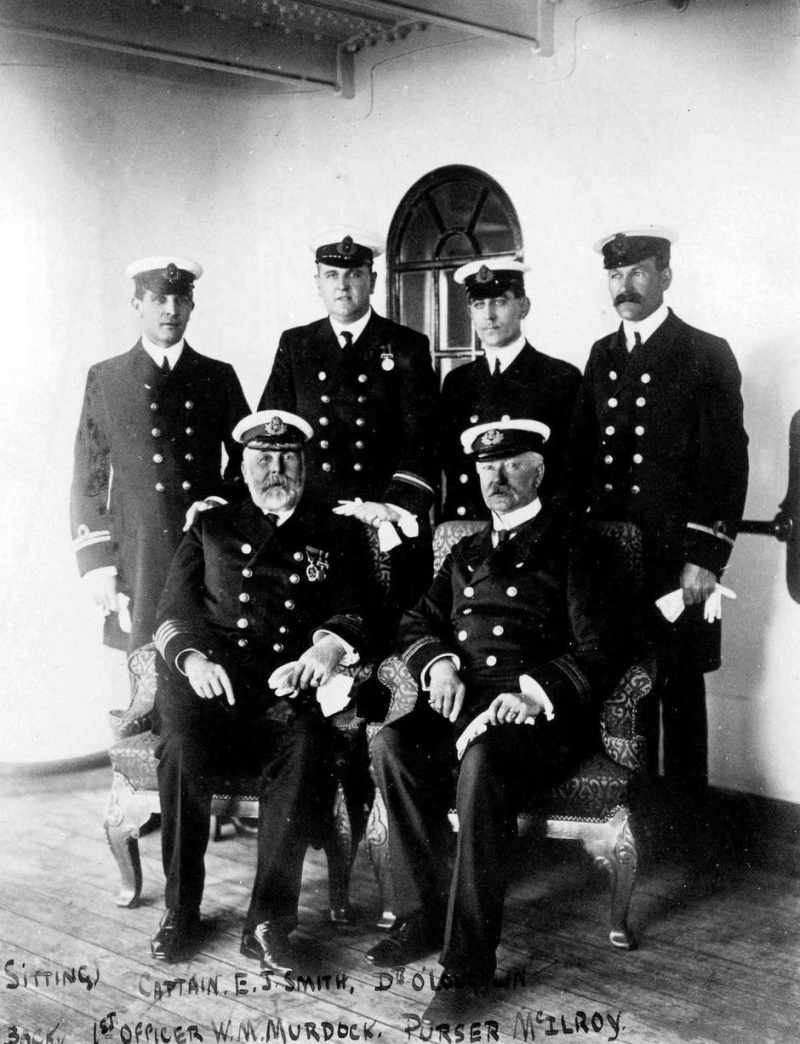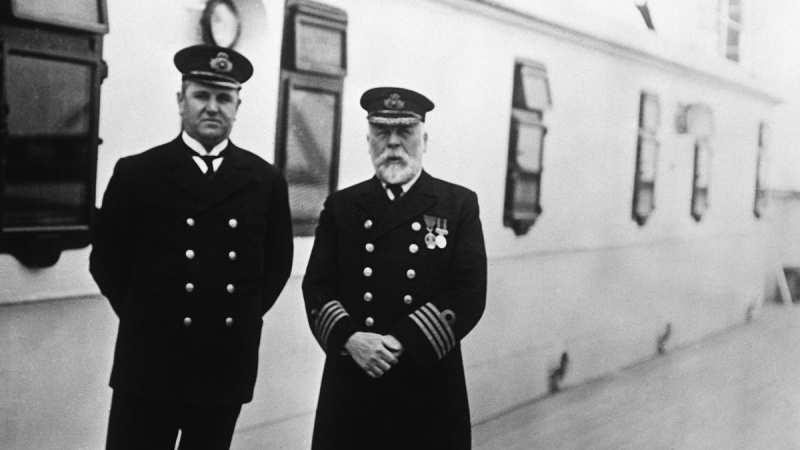When the catastrophe occurred, Edward Smith didn't get off the Titanic.
Why the skipper chose to accelerate the ship rather than slow it down is still a mystery. Maybe, he thought, his expertise would enable him to swiftly evade the threat. Maybe he just wanted to get past the hazardous region as quickly as possible.
Whatever the cause, it was sad that Edward Smith was unable to foresee the threat. On April 14 at 23:40, the ship struck an iceberg. He quickly became aware that the ship was sinking and gave the order for the crew to get the lifeboats ready. The Titanic lacked sufficient lifeboats to transport all of its passengers to safety since it was unprepared for such an incident. Smith assisted with loading the boats and oversaw the transmission of the distress calls as best he could. Captain Edward Smith took part in the evacuation. The Titanic completely submerged itself into the icy, black waters of the North Atlantic, taking its captain with it. How his life ended is the subject of several accounts. Supposedly, he shot himself on the bridge, according to some stories. One had him swimming in the sea with a little child in tow, depositing the youngster on a lifeboat, and then disappearing under the surface. We do not know exactly how Captain Edward Smith spent his last minutes, but we do know that on April 15, 1912, he and 1517 other people drowned in the North Atlantic. His corpse was never found.








